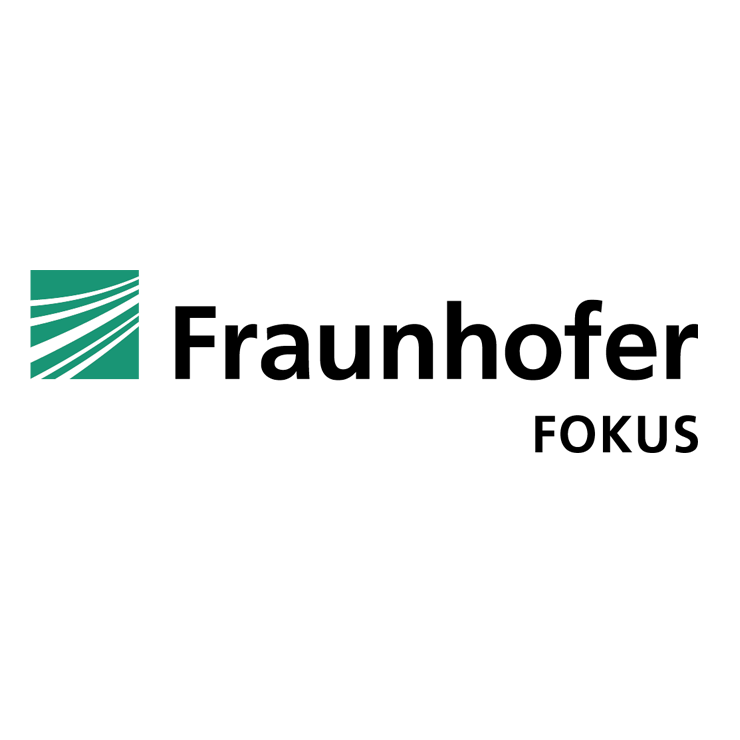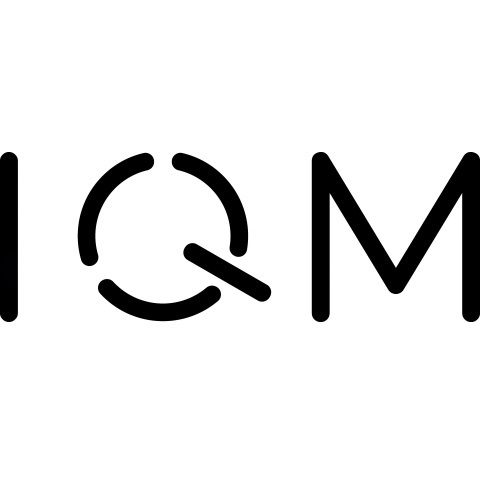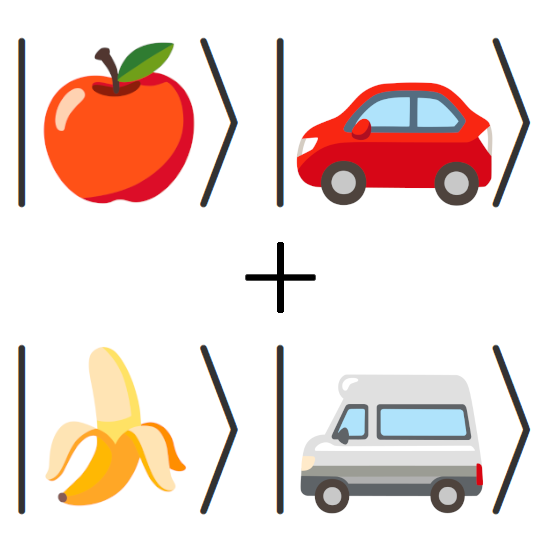Qrisp
The next generation of quantum algorithm development
Qrisp is a high-level programming language for creating and compiling quantum algorithms. Its structured programming model enables scalable development and maintenance.
Key Features#

Modularity
Automated qubit allocation allows separate modules to recycle qubit resources for each other without intertwining the code. This feature facilitates interoperability of code written by respective domain experts.

Compatibility
Compilation results are circuit objects, implying they can be run on a variety of hardware providers such as IBM Quantum, Quantinuum, Rigetti etc. Further circuit processing is possible using circuit optimizers like PyZX.

Simulator
Qrisp ships with a high-performance simulator, that utilizes sparse matrices to store and process quantum states. This allows for the simulation of (some) quantum circuits involving 100+ qubits.
Dive into Qrisp code#
Qrisp code can be significantly shorter and also more readable than the equivalent program in a gate based framework. Regardless, the compiled quantum circuits are in many cases more efficient since the compiler can leverage the code structure into assumptions about algorithmic structure, implying strong compilation optimizations. Below you find two code snippets that perform the same basic task: Multiplication of two n-bit integers. One is written using Qiskit and the other one utilizes Qrisp.
Apart from simple scripts like the above, our tutorial showcases the utilization of Qrisp implementing Shor’s algorithm leveraging Montgomery reduction, fully agnostic to the particular quantum adder. This solution involves several conceptually distinct QuantumVariables, with their respective qubits being repeatedly disentangled and repurposed for other variables. The presented approach improves the resource requirement of known open source implementations significantly, while retaining an accesible form.
This example illustrates how Qrisp, as a high-level language, permits novel and scalable solutions to intricate problems and furthermore that high-level quantum programming languages will be an integral part of the future of quantum information science.
Who is behind Qrisp#
Qrisp is an Eclipse open-source project developed mainly at Fraunhofer FOKUS, an industrial research facility based in Berlin. It is publicly funded by the German ministry of economic affairs and the European Union with the aim to enable commercial use of quantum computation. To achieve this, we aim to open this field of research to a broad audience of developers. Furthermore we are proud to announce that Qrisp will become a part of the Eclipse foundation!











